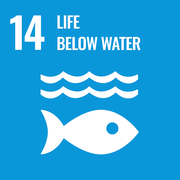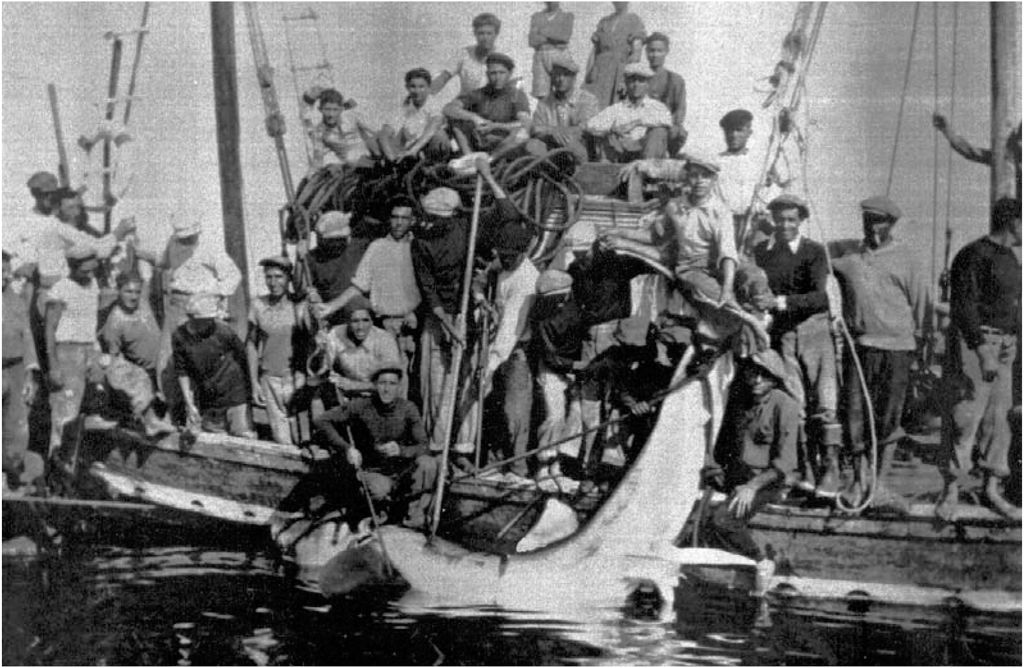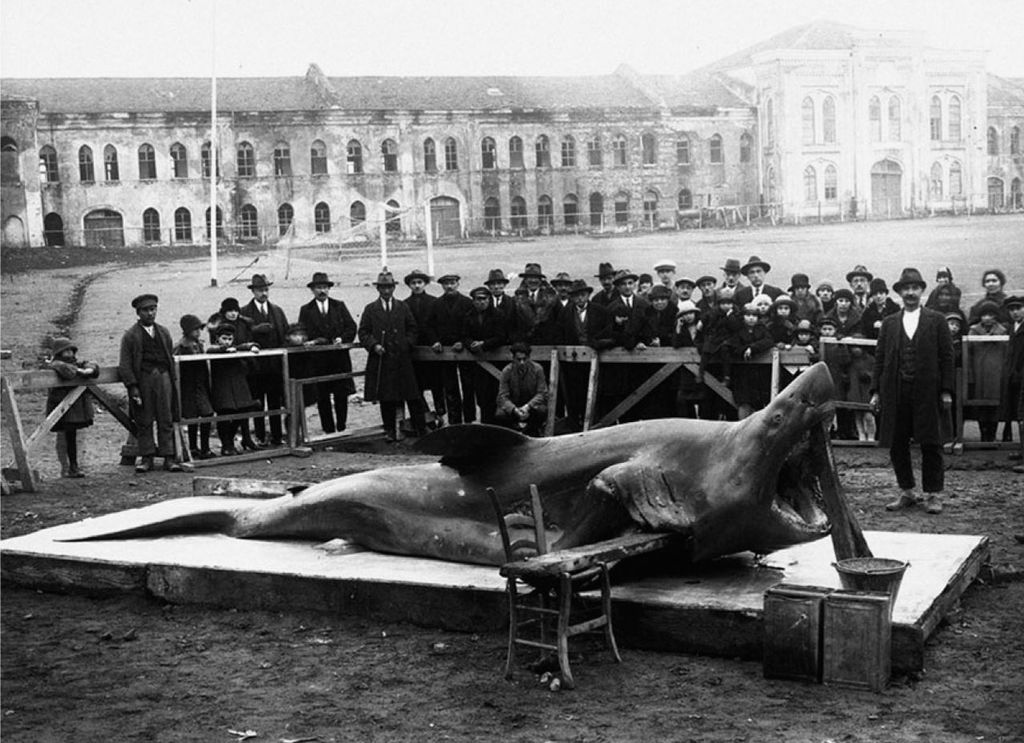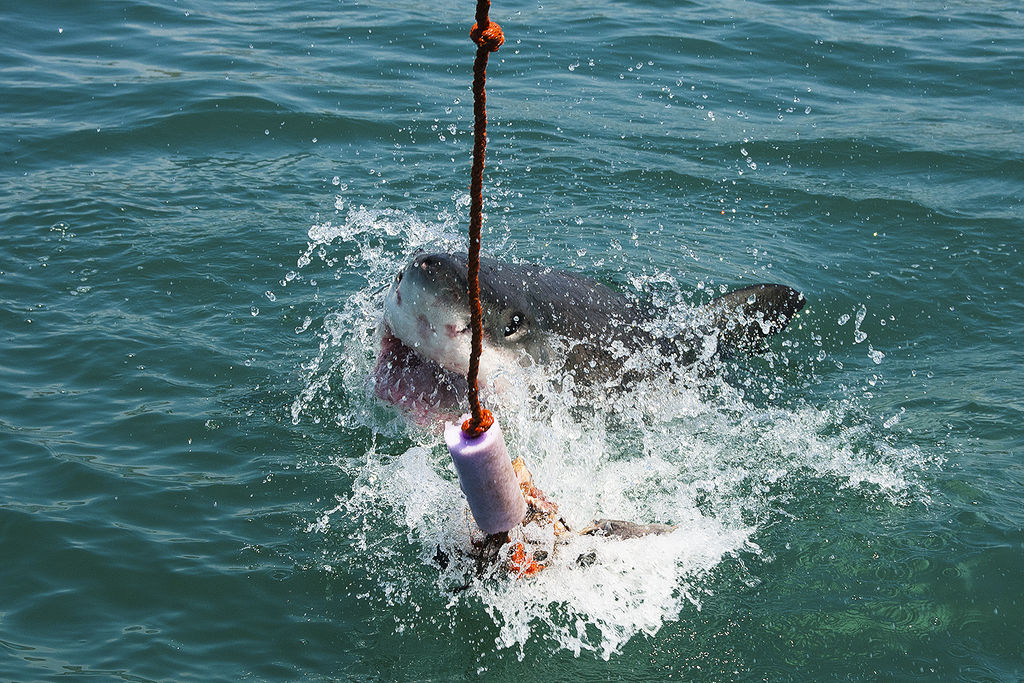
White Shark: Old and Precious Inhabitant of the Mediterranean Sea is now Endangered
Did you know that the white shark has lived in the Mediterranean Sea for centuries? Main character of numerous tales and famous films, the king of sharks swims in our seas and the historical evidence of its presence dated back to the Middle Ages.
The white shark, as a top predator, is fundamental to the survival of the sea ecosystem itself. However, the specimens inhabiting the Mediterranean belong to the least known and most endangered population among global white shark populations. Human activities are definitely among the main causes. The drastic drop in the number of specimens experienced in the last few years, has encouraged the International Union for the Conservation of Nature (IUCN) to include it among the species currently assessed as “critically endangered” in the Mediterranean Sea.
No other survey has been conducted to date, either on population trends based on a specific period of reference or species distribution in different areas throughout the Mediterranean.
A new inter-disciplinary study, in partnership with Sapienza University of Rome, Stanford University, Virginia Tech University, the Institute for Biological Resources and Marine Biotechnology, the National Research Council (CNR-IRBIM), Stazione Zoologica Anton Dohrn, Naples, and the Institute for Environmental Protection and Research (ISPRA), Rome, has estimated, for the very first time, a pattern in the population trend of the king of sharks in the Mediterranean Sea over the last 160 years.
The research team, with the important scientific contribution of Giovanna Jona Lasinio (Department of Statistical Sciences, Sapienza University of Rome), Stefano Moro (Department of Environmental Biology, Sapienza University of Rome), and Francesco Ferretti (Department of Fish and Wildlife Conservation, Virginia Tech, USA), conducted the survey using more than 700 sightings from a range of sources combined with data from institutional database and literature, both scientific and educational.
The results highlight a complex trajectory, characterized by an increasing phase followed by a sharp decline since the second half of the twentieth century. “The decrease – says Giovanna Jona Lasinio – was not homogenous throughout the Mediterranean Basin. For instance, in central Mediterranean sectors, a 52% decrease was observed, whereas in the Marmara Sea the decrease was 96%. Moreover, the reduction often comes with a decrease of spatial distribution, data often linked to endangered populations.”
The research allows us to advance new ecological hypothesis about the white shark population structure in the Mediterranean Sea, including an interesting predator-prey dynamic with other species, Bluefin Tuna in particular.
Large pelagic sharks are at the top of the marine food chain and, generally, do not have natural predators (apart from human beings). Its de-escalation could, therefore, have devastating effects on the whole Mediterranean ecosystem. “It has been demonstrated – says Stefano Moro – that removal of the apex predator from marine ecosystems leads to disastrous cascading effects on the whole trophic chain. From this point of view, the Mediterranean Sea represents a negative first place on a global scale recording more than 50% of shark species classified as “threatened by IUCN on a regional level.”
References:
Abundance and distribution of the white shark in the Mediterranean Sea, Moro S., Jona-Lasinio G., Block B., Micheli F., De Leo G., Serena F., Bottaro M., Scacco U., Ferretti F., Fish and Fisheries (2019)
Further Information
Stefano Moro
Department of Environmental Biology, Sapienza University of Rome
stefano.moro@uniroma1.it






